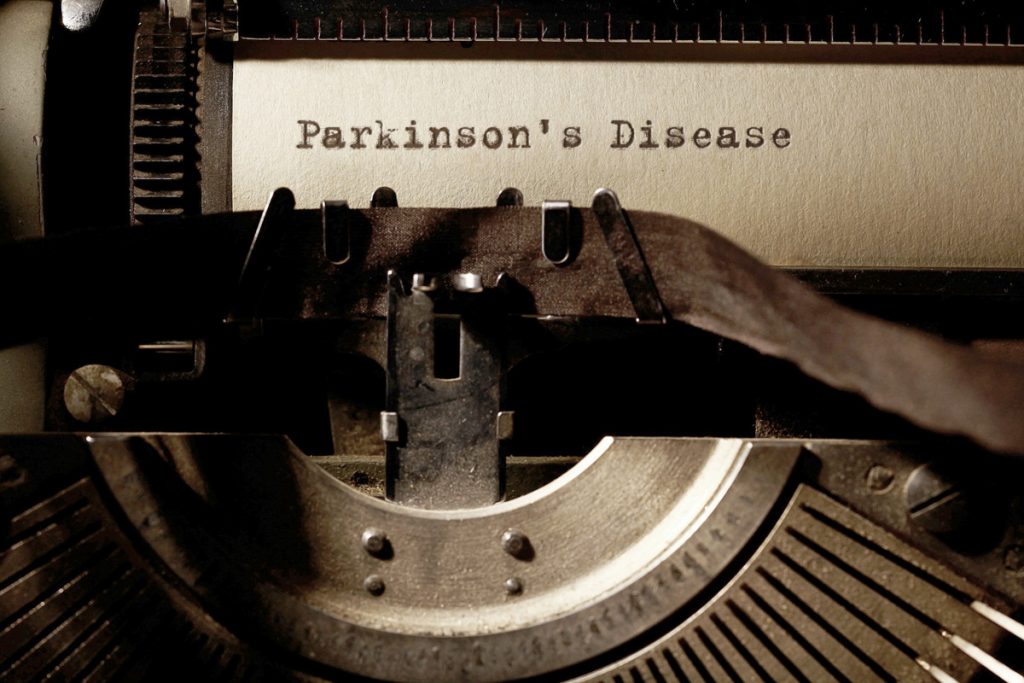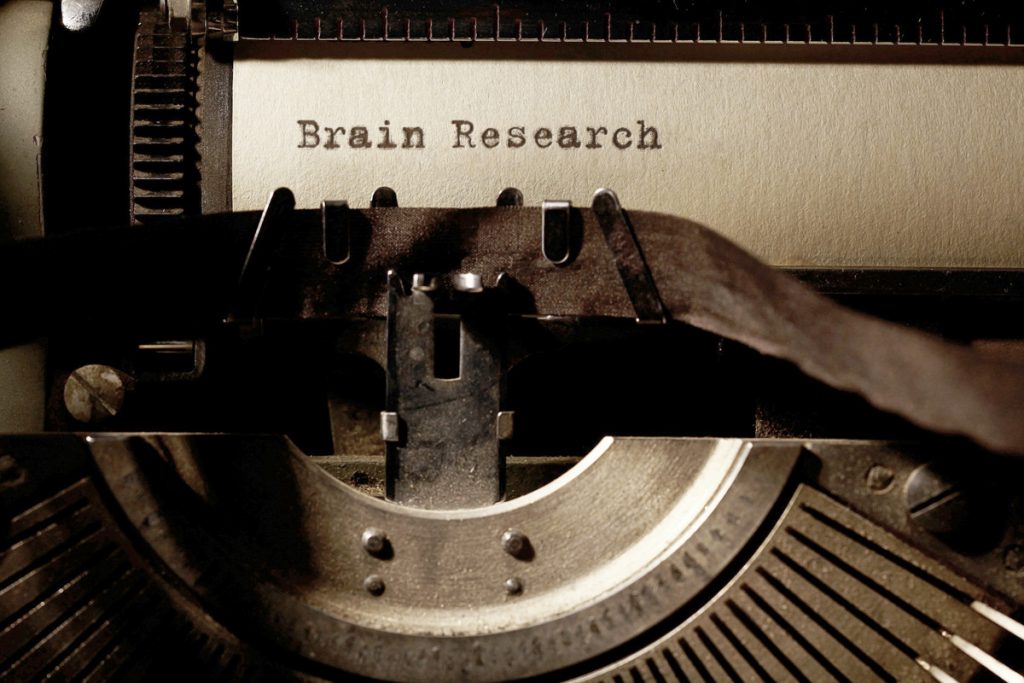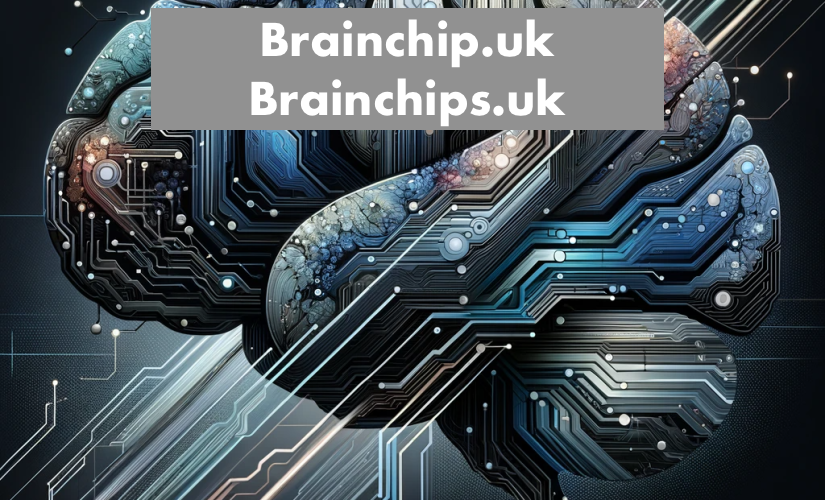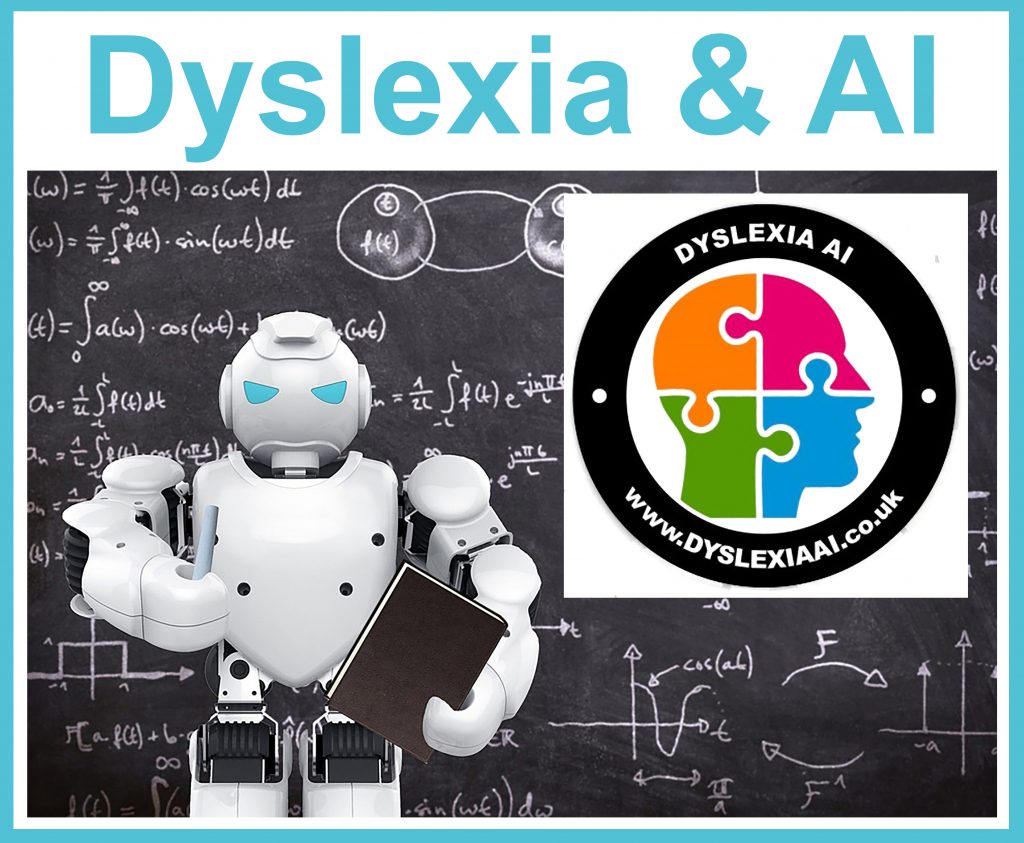
Exploring the Potential of fNIRS Neurofeedback in Cognitive and Mental Health
Functional near-infrared spectroscopy (fNIRS) neurofeedback represents an emerging frontier in cognitive and mental health research and therapy. By providing real-time feedback on brain activity, fNIRS neurofeedback aims to help individuals modulate their neural functions, which can lead to improvements in various cognitive and psychological conditions.
Understanding fNIRS and Neurofeedback
Functional near-infrared spectroscopy (fNIRS) is a non-invasive imaging technique that measures brain activity by detecting changes in blood oxygenation and flow. Using near-infrared light, fNIRS monitors the hemodynamic responses associated with neural activity, providing insights into brain function.
Neurofeedback, on the other hand, is a therapeutic intervention that involves training individuals to regulate their brain activity. Through real-time feedback, individuals learn to modify their brain function, which can lead to improvements in cognitive performance and emotional regulation.
fNIRS neurofeedback combines these two technologies, offering a powerful tool for observing and modifying brain activity in real-time.
Applications of fNIRS Neurofeedback
- Cognitive Enhancement: fNIRS neurofeedback is being explored for its potential to enhance cognitive functions such as attention, memory, and executive control. Studies have shown that individuals can learn to increase the activation of specific brain regions associated with these functions, leading to improved cognitive performance.
- Mental Health Disorders: fNIRS neurofeedback has shown promise in the treatment of various mental health disorders, including anxiety, depression, and attention-deficit/hyperactivity disorder (ADHD). By targeting and training the neural circuits involved in these conditions, fNIRS neurofeedback can help alleviate symptoms and improve overall mental health.
- Rehabilitation: In the realm of neurological rehabilitation, fNIRS neurofeedback is being used to aid recovery from brain injuries and strokes. By providing feedback on brain activity, it helps patients retrain their brains and regain lost functions.
- Developmental Disorders: Research is also exploring the application of fNIRS neurofeedback in developmental disorders such as autism spectrum disorder (ASD). Training specific brain regions can lead to improvements in social interactions and communication skills.
Benefits of fNIRS Neurofeedback
- Non-Invasive and Safe: One of the main advantages of fNIRS neurofeedback is its non-invasive nature. Unlike other neuroimaging techniques, fNIRS does not involve exposure to radiation or require the insertion of electrodes, making it a safer option for repeated use.
- Real-Time Feedback: fNIRS neurofeedback provides real-time information on brain activity, allowing individuals to see the immediate effects of their efforts to modulate brain function. This instant feedback is crucial for effective learning and brain training.
- Specificity and Precision: fNIRS allows for the monitoring of specific brain regions, making it possible to target and train particular neural circuits. This specificity can lead to more effective and precise interventions.
- Portability and Ease of Use: Advances in fNIRS technology have led to the development of portable and user-friendly devices. This portability increases the accessibility of neurofeedback training, allowing it to be conducted in various settings outside the traditional clinical environment.
Challenges and Future Directions
Despite its potential, fNIRS neurofeedback faces several challenges that need to be addressed to fully realize its benefits.
- Technical Limitations: fNIRS has limitations in terms of spatial resolution and depth of penetration, which can affect the accuracy and specificity of feedback. Improving the technology to enhance these aspects is crucial for its efficacy.
- Individual Differences: Variability in individual brain anatomy and function can influence the effectiveness of fNIRS neurofeedback. Personalizing the feedback protocols to accommodate these differences is an ongoing challenge.
- Standardization and Protocols: There is a need for standardized protocols and guidelines for fNIRS neurofeedback. Establishing best practices will ensure consistency and reliability in its application across different populations and conditions.
- Long-Term Efficacy: More research is needed to understand the long-term effects and sustainability of fNIRS neurofeedback training. Longitudinal studies will provide insights into the durability of its benefits and the frequency of required training sessions.
Mendi Device: A Breakthrough in ADHD Treatment, NASA Applications, and Sports Performance
The Mendi device is making waves in the fields of mental health, space exploration, and professional sports. Designed to enhance brain function through neurofeedback, Mendi offers a non-invasive and user-friendly approach to improving cognitive performance.
Understanding the Mendi Device
Mendi is a neurofeedback device that utilizes functional near-infrared spectroscopy (fNIRS) technology to monitor brain activity. It measures blood flow and oxygenation in the prefrontal cortex, providing real-time feedback to users through a mobile app. By engaging in targeted exercises, users can train their brains to optimize mental function.
Treating ADHD with Mendi
Attention-Deficit/Hyperactivity Disorder (ADHD) is a common neurodevelopmental disorder characterized by inattention, hyperactivity, and impulsivity. Traditional treatments include medication and behavioral therapy, but Mendi offers a novel, non-pharmacological approach.
- Enhancing Focus and Attention: Mendi’s neurofeedback exercises are designed to improve concentration by training the prefrontal cortex, the brain region responsible for executive functions such as attention and decision-making. Regular use helps individuals with ADHD enhance their focus and reduce distractibility.
- Reducing Hyperactivity: By promoting better self-regulation through brain training, Mendi can help individuals with ADHD manage hyperactive behaviors. The feedback provided during training sessions encourages calm and controlled mental states.
- Improving Emotional Regulation: ADHD often comes with emotional dysregulation. Mendi’s exercises target the neural circuits involved in emotional control, helping users achieve greater emotional stability and resilience.
NASA’s Use of Mendi
NASA’s interest in Mendi lies in its potential to support astronauts’ mental health and cognitive performance during long-duration space missions. Space travel presents unique psychological challenges, and maintaining optimal brain function is critical for mission success.
- Stress Management: The high-stress environment of space missions can affect astronauts’ mental health. Mendi’s neurofeedback can help astronauts manage stress by promoting relaxation and mental clarity.
- Cognitive Performance: Maintaining sharp cognitive functions is vital for astronauts who must perform complex tasks under pressure. Mendi’s brain training exercises enhance cognitive abilities such as problem-solving, memory, and decision-making.
- Sleep Quality: Sleep disturbances are common in space due to the lack of a natural day-night cycle. Mendi can assist in regulating sleep patterns by improving overall mental relaxation and reducing anxiety.
Adoption by Sports Professionals
Elite athletes are continually seeking ways to gain a competitive edge, and cognitive training is becoming an integral part of their regimen. Mendi is gaining popularity among sports professionals for its ability to enhance mental performance and resilience.
- Focus and Concentration: In sports, maintaining focus during high-pressure situations can make the difference between winning and losing. Mendi helps athletes train their minds to stay concentrated and block out distractions.
- Mental Resilience: The psychological demands of professional sports can be immense. Mendi’s neurofeedback training fosters mental toughness, helping athletes recover from setbacks and maintain a positive mindset.
- Performance Optimization: By enhancing cognitive functions such as reaction time, decision-making, and strategic thinking, Mendi aids athletes in achieving peak performance levels.
Benefits of the Mendi Device
- Non-Invasive and Safe: Mendi is a non-invasive device, making it safe for repeated use without the risks associated with more invasive neurofeedback methods.
- User-Friendly: Designed with the user in mind, Mendi is easy to use and accessible, allowing individuals to incorporate brain training into their daily routines effortlessly.
- Personalized Training: Mendi’s feedback system provides personalized insights, enabling users to tailor their training sessions to their specific needs and goals.
- Portability: The compact and portable design of Mendi allows for use in various settings, from home environments to professional spaces, and even in space.
Challenges and Future Directions
While Mendi holds great promise, several challenges remain to be addressed to fully realize its potential:
- Research and Validation: Ongoing research is needed to further validate Mendi’s efficacy across different populations and settings. Robust clinical trials will help establish its benefits and limitations.
- User Compliance: Ensuring consistent and correct use of Mendi is crucial for achieving desired outcomes. Developing engaging and motivating training programs can help improve user compliance.
- Integration with Other Treatments: Understanding how Mendi can complement other treatments, such as medication and therapy for ADHD, will enhance its utility and effectiveness.
Conclusion
The Mendi device represents a significant advancement in the field of neurofeedback, with diverse applications ranging from treating ADHD to supporting astronauts and enhancing sports performance. Its non-invasive nature, ease of use, and real-time feedback make it a valuable tool for optimizing brain function. As research continues and more individuals and organizations adopt Mendi, its potential to transform mental health and cognitive training will become increasingly evident.
fNIRS neurofeedback holds significant promise for advancing cognitive enhancement, mental health treatment, and neurological rehabilitation. Its non-invasive nature, real-time feedback capabilities, and specificity make it a valuable tool in the field of neuroscience and psychology. However, addressing technical limitations, individual variability, and the need for standardized protocols will be essential for maximizing its potential. As research progresses, fNIRS neurofeedback may become a cornerstone in the personalized treatment of cognitive and mental health conditions, offering new hope and opportunities for individuals worldwide.























